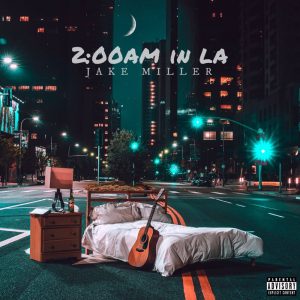In this module, I have explored the history of design and seen how major events in society have influenced design. This is evident in counter culture where rebellion and underground movements caused a new style of art to emerge. When researching these topics further, I have been able to find out about designers I had previously not known and also find links with other disciplines that cross over with design. Discovering new designers and artists in more detail has also allowed me to explore new styles of design.
From researching in more detail and discovering designers, I was able to find new influences and styles I like and start to use them in my own practice, allowing me to push my ideas further and create more interesting work as I have new concepts. I am also not only relying on research I have learned in this module but am also exploring designers, styles and movements and their influences in my studio practice to create new ideas. This module has also allowed me to understand further, as mentioned before, how society influences your work whether as a style or as a topic that needs more recognition as the counter culture movement did.
Understanding previous design movements and events in society and how they both affected society, influences your work by providing new ideas and styles. When designing, it allows you to understand the style you’re aiming for and your work fits in. I had previously studied art movements, including modernism and post-modernism, however, with this module, the focus was on more modern art movements and events that are still used and seen today.
What I found most interesting were the three episodes of ‘Abstract: The Art of Design’ as they gave in-depth profiles on designers. The tasks from these weeks then focused on specific thoughts that are an essential part of the designers’ work. When watching the first episode on Paula Scher, I took particular interest due to her being a graphic designer. I then further researched her and found other designers, such as Michael Bierut, for another task outside of this module.
As much as graphic design is what I am most interested in, the episodes with Es Devlin and Platon influenced me the most. Devlin inspires me the greatest due to her success and working with the likes of Beyoncé, Jay Z and Kanye West, among others. Her work involves everything working together and creating a story. She said design should ‘show, reveal and deconstruct’. Although she is applying this to set design, I feel this crosses over to graphic design with needing to clearly convey ideas, reveal a concept and allow it to be broken down to be understood and interpreted by the audience. Photographer, Platon also discussed design having a ‘story, message, connection and feeling’. This again applies to graphic design in order to communicate messages and connect with audiences. These insights into the behind the scenes of the designers’ work have advanced my understanding of what is needed for design to be successful in its purpose.
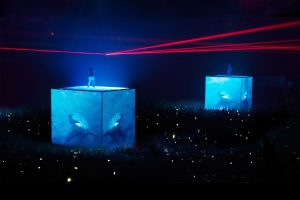
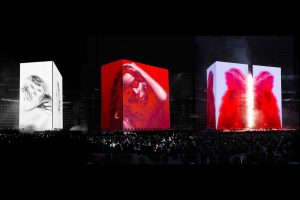
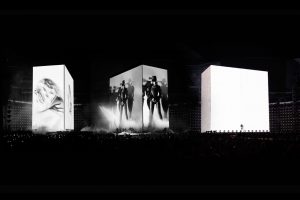
References
- Abstract: The Art of Design – Season 1, Episode 6 – Paula Scher: Graphic Design (2017) TV series. USA: Netflix.
- Abstract: The Art of Design – Season 1, Episode 3 – Es Devlin: Stage Design (2017) TV series. USA: Netflix.
- Abstract: The Art of Design – Season 1, Episode 7 – Platon: Photography (2017) TV series. USA: Netflix
- DEVLIN, E. (2011/2016) All Es Devlin work. JPEG Image. [Online] esdevlin.com. Available from: https://esdevlin.com/work/ [Accessed 3 December 2017]

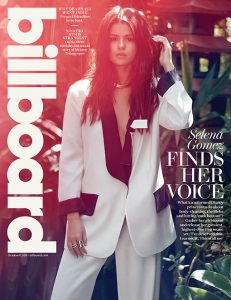

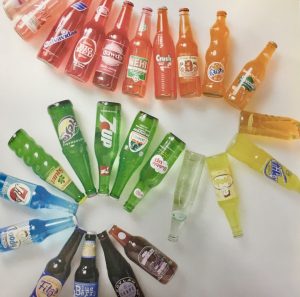
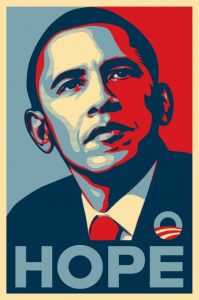
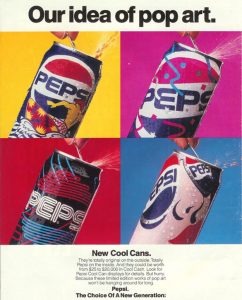
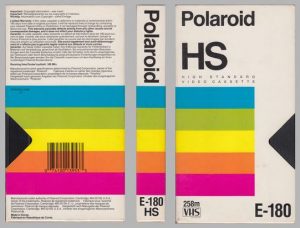
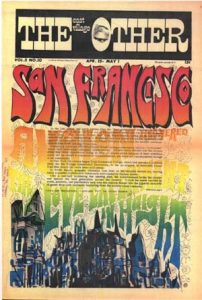
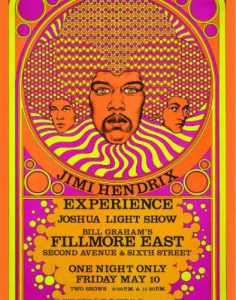
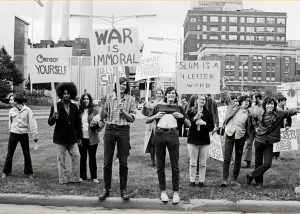 oit riots by A.S. Turner. The riot was one of the main race riots. The counter culture is also represented through the style of each of the individuals. The movement was looked down upon, creating an underground culture and being segregated as races were. The signs also fit the hippy culture with the ideas of peace and love. In terms of Scher, the photo holds the meaning and spirit of the movement.
oit riots by A.S. Turner. The riot was one of the main race riots. The counter culture is also represented through the style of each of the individuals. The movement was looked down upon, creating an underground culture and being segregated as races were. The signs also fit the hippy culture with the ideas of peace and love. In terms of Scher, the photo holds the meaning and spirit of the movement.